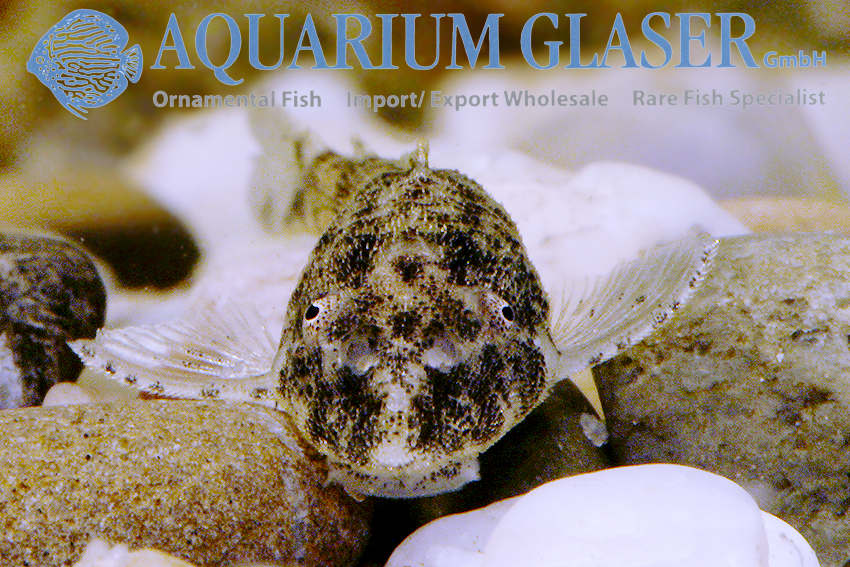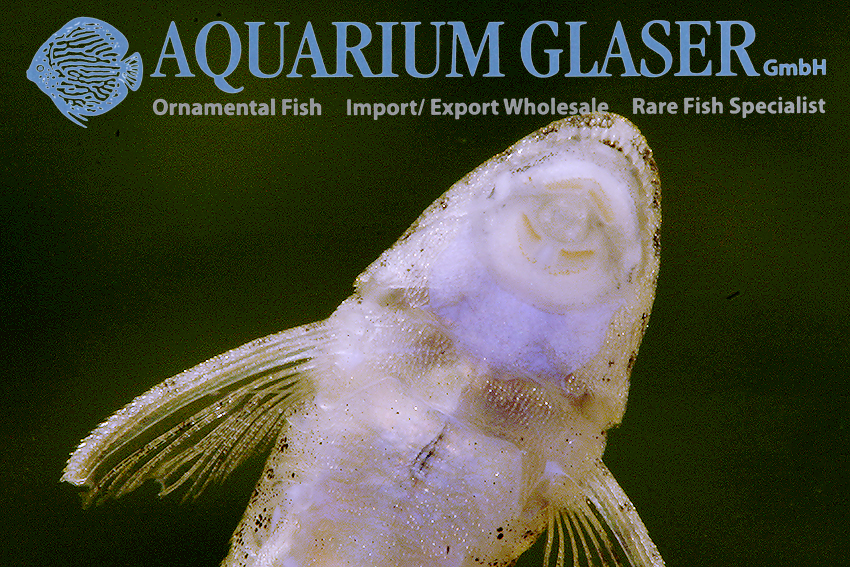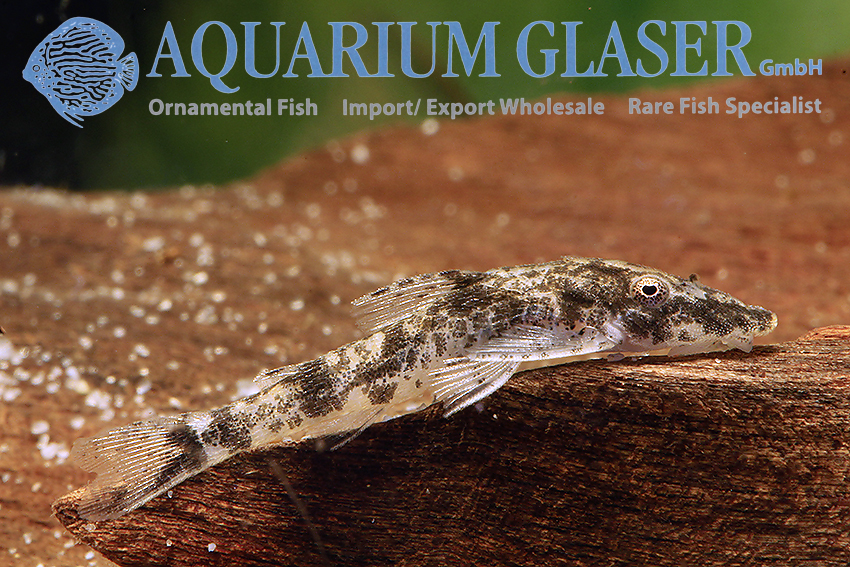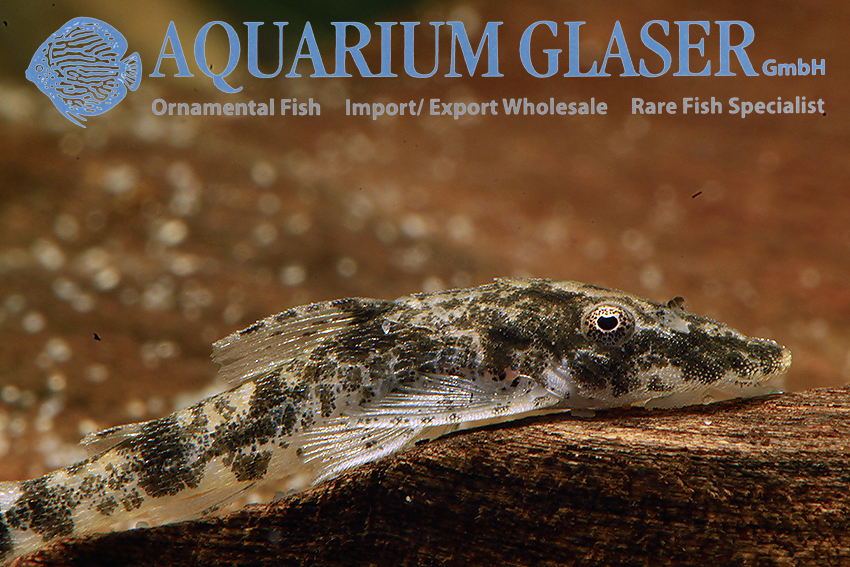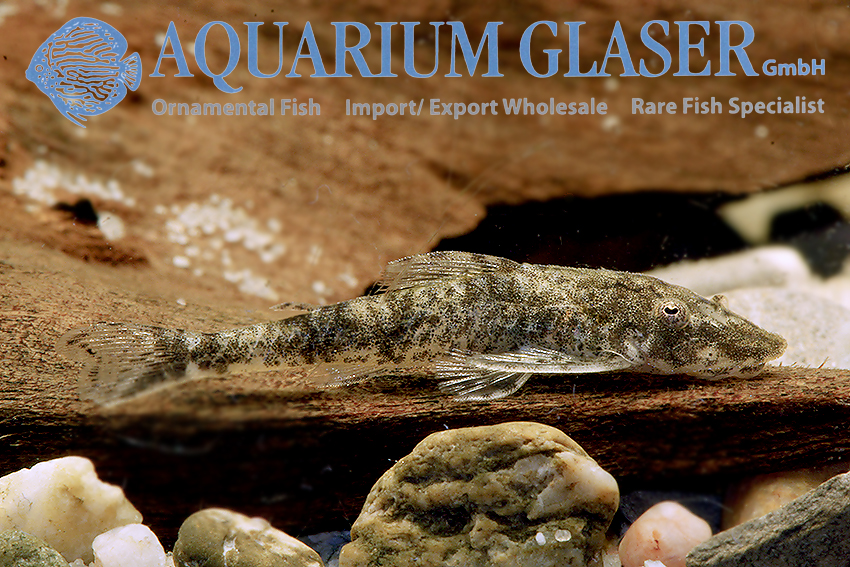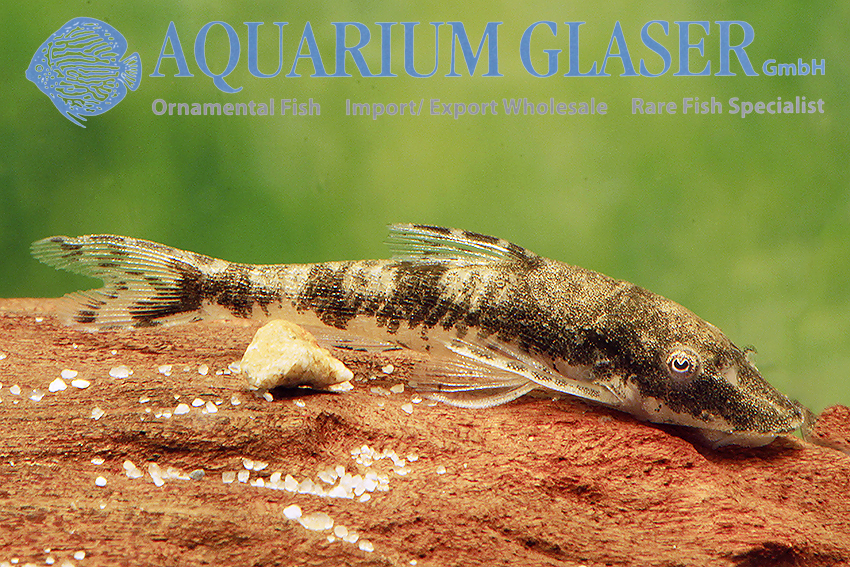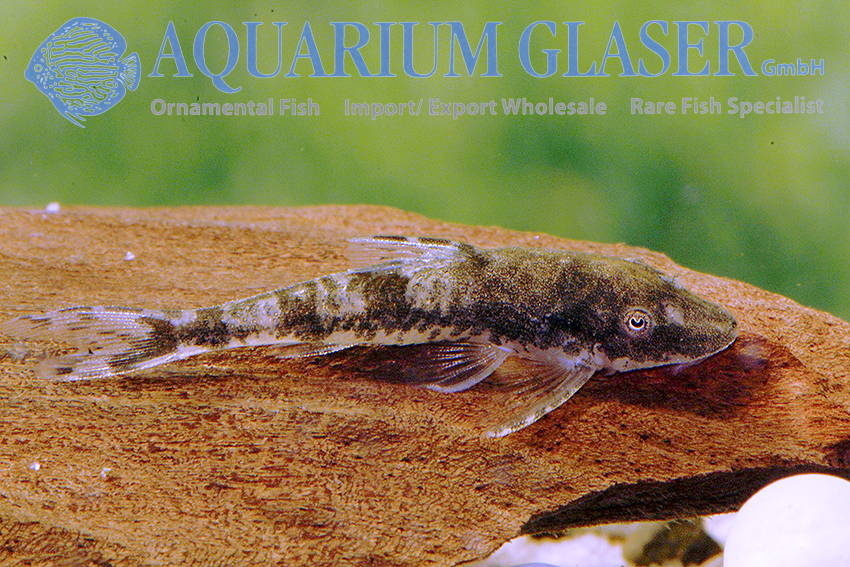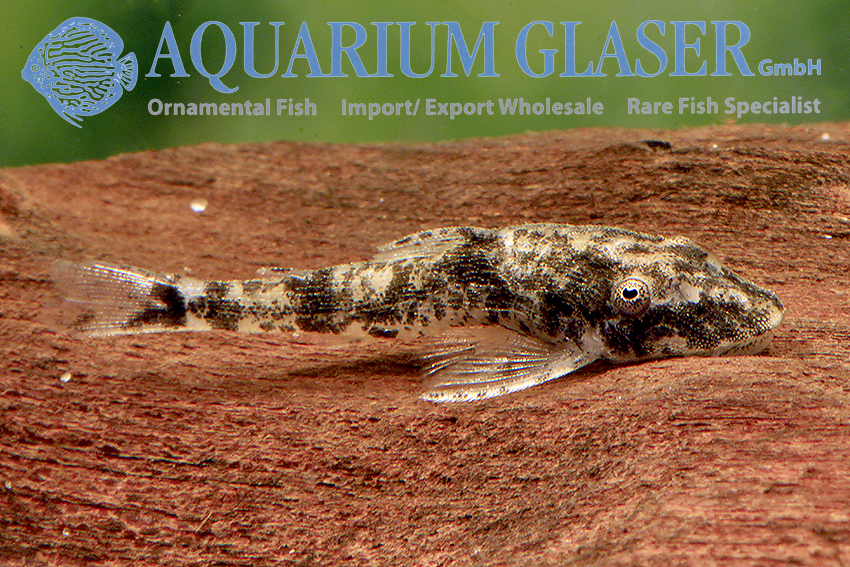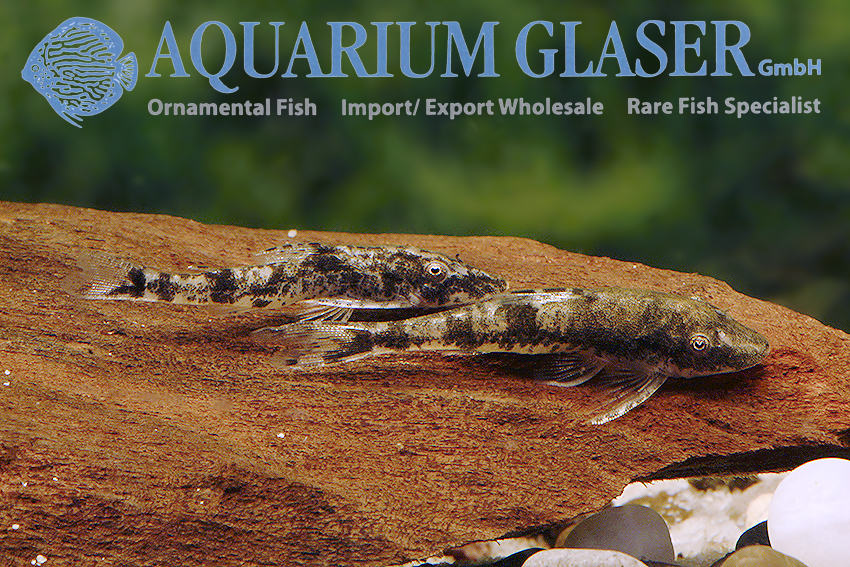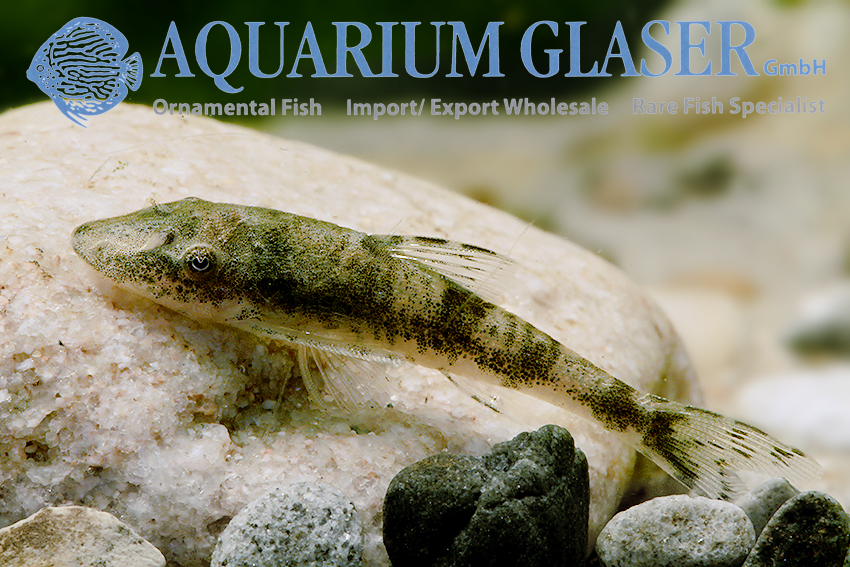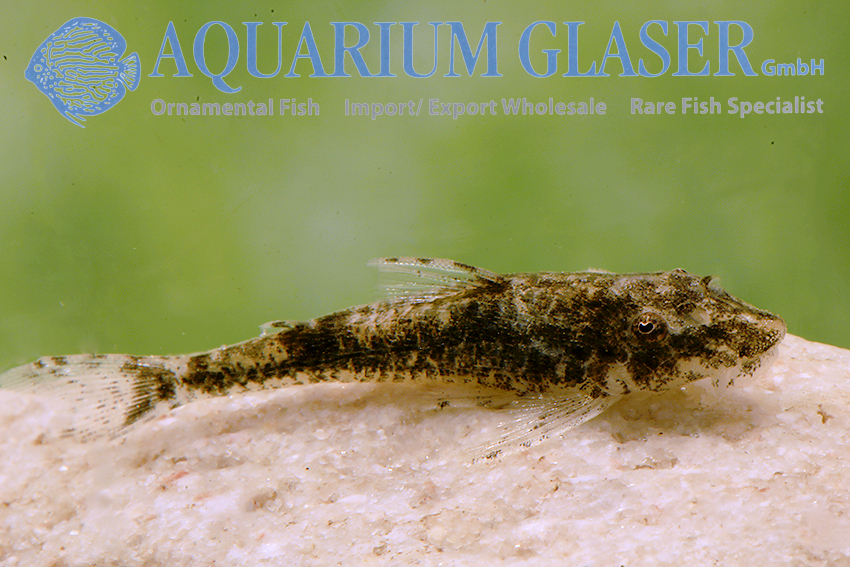A very long name for a very small fish! The genus Curculionichthys was established only in 2015 to accommodate dwarf sucker catfishes of the subfamily Hypoptopomatinae (formerly: Otothyrinae) of Loricariidae, which were previously placed in the genus Hisonotus. Both anatomical and molecular data showed that two independent evolutionary lineages existed within Hisonotus, namely that around the genus type Hisonotus notatus and another that was consequently described as Curculionichthys. The genus name translates as “fish with a long snout”.
A total of 14 species have since been assigned to the genus, but none of these have made aquaristic appearances to date. With 269 described species the subfamily Hypoptopomatinae is also very confusing. Many species look very, very similar to each other, the determination is mostly only possible for trained specialists. Therefore also we cannot exclude that the charming dwarfs – they are only about 1,5-2,5 cm long – which we could import under the name C. sabaji, turn out to be something else. But purely optically they agree very well with C. sabaji. The maximum length of C. sabaji known so far is 23.6 mm without caudal fin.
The tiny fishes keep well with us. Experience with similarly small Paraotocinclus species has shown that such dwarfs should be provided with aquariums as old as possible, with a rich micro growth on which they feed. Dead leaves, root wood etc. should therefore be abundant. In addition, the completely peaceful animals also accept fine dry and frozen food.
Curculionichthys sabaji originates from the drainage of the Rio Xingu. In nature Curculionichthys species are found in flowing water; they can be found in shallow shore areas on sand and gravel, as well as in brush hanging into the water or between water plants. A water temperature of 25-30°C is recommended.
For our customers: the animals have code 250853 on our stocklist. Please note that we supply exclusively to wholesalers.
Text & photos: Frank Schäfer





